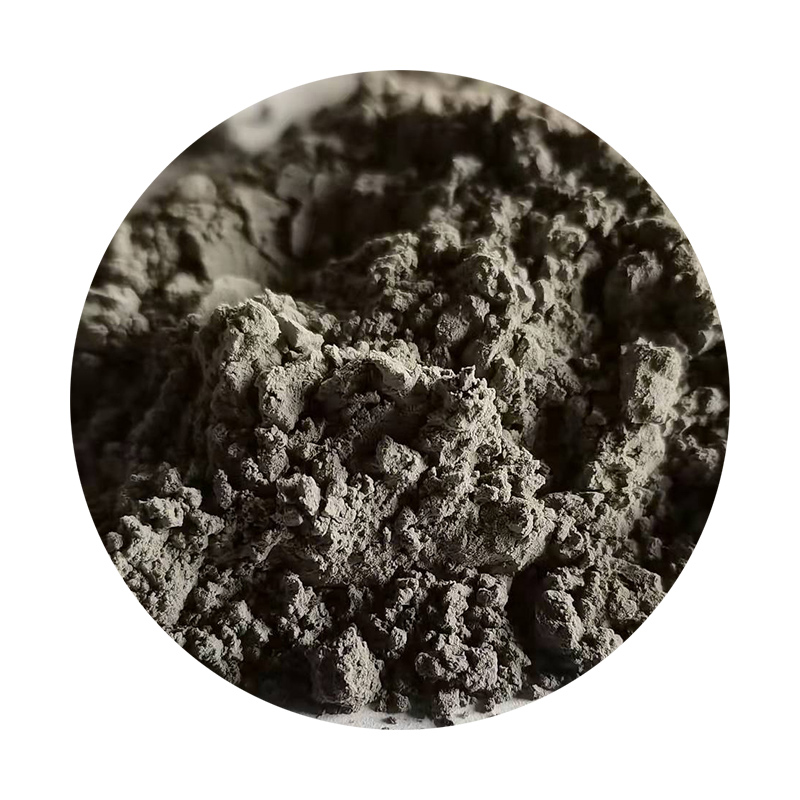The Uses of Foundry Sand An Overview
Foundry sand, a byproduct of the metal casting process, has gained significant attention in various industries due to its unique properties and sustainability potential. This specialty sand, primarily composed of silica, is used in the production of metal components via the casting method. However, its utility extends far beyond the foundries themselves, finding applications in multiple sectors.
One of the primary uses of foundry sand is in the construction industry. Its high performance and strength characteristics make it an ideal material for producing concrete and asphalt. Incorporating foundry sand into concrete mixes can enhance durability and improve workability. By replacing a portion of traditional fine aggregates with foundry sand, construction companies can reduce costs and minimize the environmental impact of their projects. This use not only diverts waste from landfills but also conserves natural resources, making it a sustainable choice in the construction sector.
Additionally, foundry sand has proven to be a valuable resource in the manufacturing of glass and ceramics. The silica content in foundry sand is comparable to that of traditional silica sand used in these industries, making it a suitable substitute. Using foundry sand in the production of glass helps create high-quality products while supporting the recycling efforts necessary for a circular economy. Similarly, the ceramics industry benefits from foundry sand due to its ability to improve the mechanical properties of ceramic products.
uses of foundry sand

Another significant application for foundry sand is in land reclamation and soil stabilization. Because of its grain size and shape, foundry sand can be effectively used to improve the physical properties of soils, making it a valuable asset for landscape and environmental rehabilitation projects. It helps in increasing the stability and drainage of soil, contributing to better agricultural practices and reducing erosion. Moreover, using foundry sand in land reclamation efforts can lead to the successful restoration of disturbed lands.
Furthermore, foundry sand is increasingly utilized in the development of eco-friendly materials. Research has demonstrated its potential in the creation of lightweight aggregates, which could have applications in various construction materials, including bricks and blocks. This innovative approach not only utilizes a waste product but also contributes to reducing the overall weight of construction materials, leading to potential energy savings during transport and installation.
In conclusion, foundry sand serves a diverse range of applications across multiple industries, showcasing its versatility and environmental benefits. From enhancing construction materials and supporting manufacturing processes to aiding in land reclamation efforts, foundry sand proves that waste products can be transformed into valuable resources. As technology and research continue to evolve, the potential uses of foundry sand are likely to expand, promoting sustainability and innovation across various sectors. Embracing such practices not only helps in waste management but also paves the way for a more sustainable future.
Post time:Spa . 07, 2024 04:18
Next:how to sand resin 3d prints
